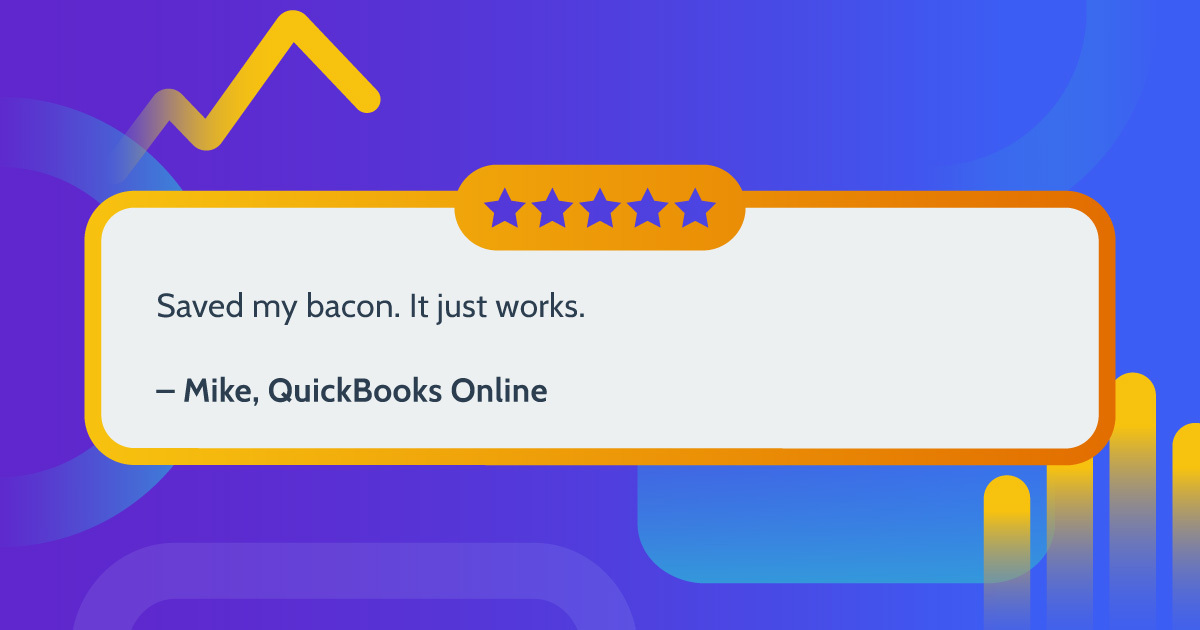Do you know why both World Backup Day and Backup Awareness Month are celebrated? Redundant backups, of course!
All jokes aside, World Backup Day is a lighthearted effort to get people aware of a serious problem: data that isn’t backed up is vulnerable to ransomware and hackers, buggy third-party apps, disgruntled employees, and simple human error.
More than “just a backup”
Backing up data is sort of like flossing – we all know we should do it more regularly, yet very few of us do it as often as we should. While over 90% of individuals surveyed by Help Net Security had a data backup in place, 68% still lost data in 2019 as a result of accidental deletion, hardware or software failure, or an out-of-date backup.
“Storage is just where you store things. Data backups mean recovery, or the ability to restore that data. Can you put that data back? Export it, then import it back in?” asks Mike Potter, CEO and co-founder of Rewind.
Unfortunately, users are finding out the hard way that the answer might be “no”.
After losing his entire product catalogue due to a failed import before Black Friday, Matt Davis faced potential losses of over $120,000 USD. “If I had known ecommerce platforms do not provide full backups and can’t restore your site; I would have been using Rewind from day one”.
Backups: they need to be fresh
A data backup is only as good as its timestamp: the older the backup, the more data is being left out (and left unsecured). Every change you make, task you check off, or file you update isn’t secure until it’s backed up. If you’re performing backups on say, Mondays, work completed on Friday is vulnerable all weekend long. If disaster were to strike, you’d have to start over at your last data backup (whenever that may be).
Therefore, data backups should be updated at least every 24 hours, and before making any big changes or installing any third-party software.
Despite the risks, only a quarter of organizations are backing up their data daily, leaving them vulnerable to data breaches, lost work, and reduced productivity.
Cloud /= safety
With a significant portion of employees working from home, and increased use of cloud applications, more data than ever is stored in the cloud. That’s a good thing, right? After all, isn’t data always backed up in the cloud? Not quite.
“The cloud is not some nebulous entity”, explains Rewind CTO and co-founder, James Ciesielski. “The cloud is made up of an interconnected set of massive computing power that is managed by private and public cloud providers like AWS, Google, and Microsoft. That power is shared and used to run the online services that you, your neighbors, and your neighbors’ neighbors enjoy. Whether you recognize it or not, you are choosing to share the responsibility of the data you give to these services and the public cloud providers”.
Under the Shared Responsibility Model used by most SaaS platforms, users are responsible for account-level data stored in the cloud. Large platforms back up their entire infrastructure in bulk, but they can’t use those massive data repositories to restore the data associated with individual accounts.

If an earthquake were to strike the building where your favorite SaaS application stores its servers, you’d probably be ok. But, if you (or an employee) make a mistake, trust the wrong app, or are the victim of a ransomware attack, there’s nothing your cloud platform could do (even if they wanted to).
The risks of convenience
The same third-party apps that make cloud applications so handy are a relatively unrecognized threat to data, especially cloud data. Since these apps often require permission to read and write your data to make their useful features run, they can also seriously wreak havoc on your carefully calibrated workflows.
If a third-party app integration goes sideways, doesn’t do what you thought it would, or somehow corrupts your data, your SaaS platform won’t be able to restore your account, as they only perform system-wide backups.
Revival Rugs co-founder describes the experience of an app misfiring as “incredibly scary”, adding “We had no idea what was going on and thought someone might have hacked into our website. Every night at 12am, the same error would occur across our inventory, over and over. And of course, this was happening right before the launch of our live store”.
Ultimately, users are responsible for backing up and securing their account-level data. Yet, Infrascale found that more than 20% of SMBs don’t have a data backup or disaster recovery solution in place, despite the fact that 46% of respondents had been victims of a ransomware attack (Globally, 1 in 5 victims of ransomware are SMBs).
We all know we should be flossing regularly, but who’s got the time?
Enter Rewind. In our oral health analogy, Rewind is a friendly, invisible tooth fairy that visits each night to take care of all your dental needs. It all happens in the background, while you’re dreaming away. Rewind makes it simple to practice good data hygiene with automatic, daily backups. No more remembering to manually export data, run a backup program, or pick up more floss: Rewind takes the hassle out of data security.
This World Backup Day, why not keep that promise to yourself and actually start backing up your data regularly, safely, and securely?
With the addition of a BaaS provider like Rewind, it’s simple to protect yourself on SaaS apps like Shopify, QuickBooks Online, GitHub, Trello, and more.
Prevent future root canals with good data hygiene: start your free trial today.
PSST: Don’t just take our word for it: check out the hundreds of reviews of happy Rewind customers. Here are a few of our personal favorites:









